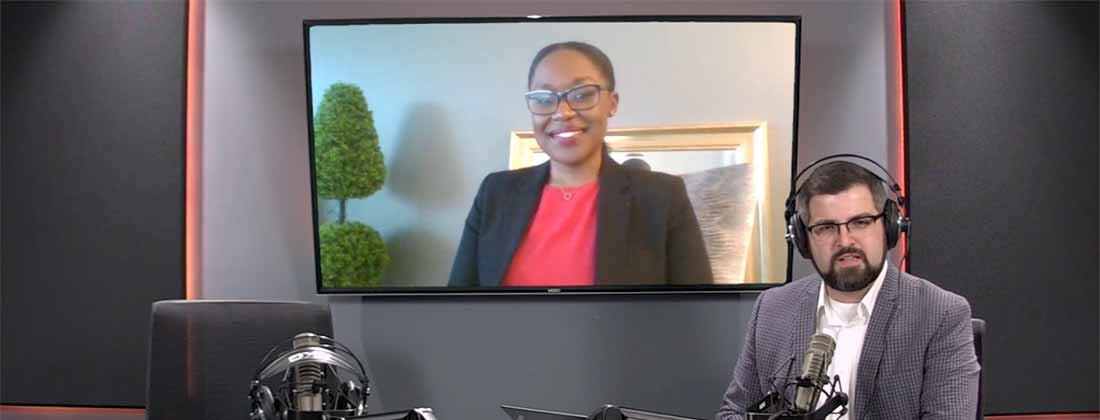Episode 21
Knowledge and ability, not just time in a classroom, should determine education credentials
April 6, 2020Competency-based education – where we measure people’s knowledge, skills, abilities and intellectual behaviors rather than their course schedule or how many credit hours they’ve accrued – has been around for decades. Despite strong interest and positive results, CBE has yet to become a mainstream practice among higher education institutions in the United States.
What would happen to education if we embraced a competency-based system is the topic of the 21st episode of “Today’s Students/Tomorrow’s Talent,” the Lumina Foundation podcast.
My guests for this discussion are Charla S. Long, executive director for the Competency-Based Education Network (C-BEN), a national consortium of higher education institutions and statewide systems seeking to design, develop, and scale new models of student learning; Zainab Okolo, Lumina Foundation’s strategy officer for competency-based learning; and Natalie Schwartz, a reporter for Education Dive.
The traditional system of education uses time as a proxy for learning. Long shares an example from Massachusetts, which has a licensure program that requires therapists to put in 10,000 hours on the job to get a credential. Instead of using that 10,000-hour measurement in the credentialing process—which only means the person has put in the hours, not that he or she is competent to do the work—Long argues that CBE would be more effective because it measures what a person should know and be able to do to get that credential.
Some colleges and universities are adopting CBE with great effect. Long points to Sinclair Community College in Ohio, which uses CBE in some programs and has found that graduates realize a $17,000 increase in pay within one year of completion. At Texas A&M University-Commerce, CBE-based programs cost less and take students less time, helping graduates move into the workplace, and advance, faster.
“It’s the right thing to do for learners,” Long says. “Every day we don’t do it, there are learners that go unserved, there are work-based challenges that go unsolved.”
What’s slowing the change, Schwartz said, is that federal student aid is dispersed by credit hour, so the existing system is built for classes that follow a typical semester schedule. In addition, CBE is oriented toward workforce development, so professors at some universities have taken issue with it.
But my colleague Zainab Okolo argues that we need to recognize learning no matter where it occurs. How do we validate learning, she asks, and assure that students who have skills and competencies that may not have been developed in a classroom have access to a high-quality credential?
“We need to ensure that we have an education system that has a wider pathway to include a larger swath of populations that have been locked out for decades,” she says.
The bottom line, Okolo says, is that students should be able to demonstrate what they have learned – the true test of what really matters in our economy.


 iTunes
iTunes Spotify
Spotify Google Podcasts
Google Podcasts YouTube
YouTube